A story about one brilliant marketing idea that changed everything for the 400-day clock.
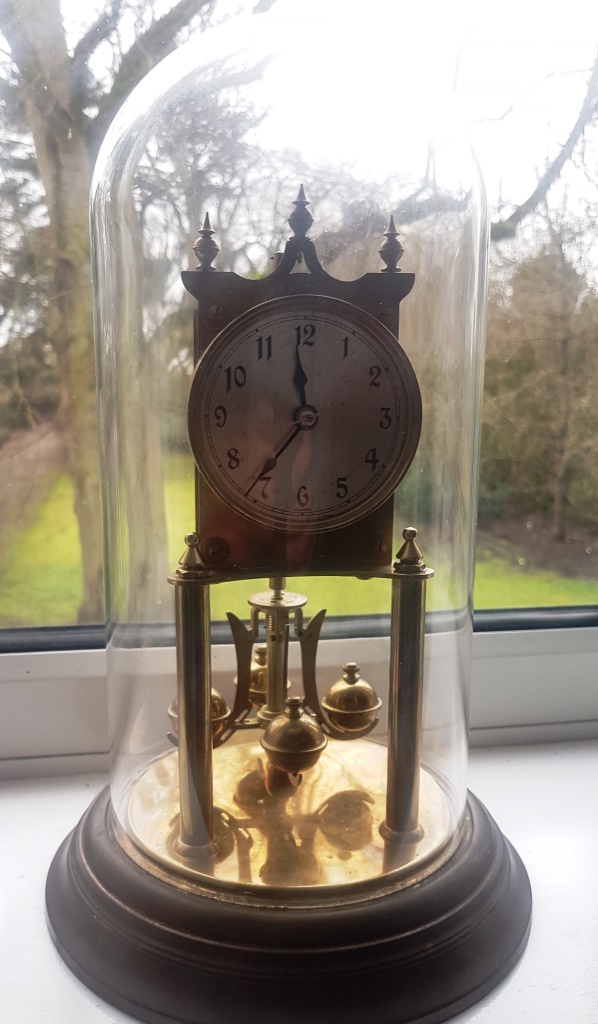
I didn’t used to like them but I do now.
I still struggle to say those words without smiling to myself about a story told to me by a former colleague. An old school-friend of hers with a dubious reputation had explained to her, by way of self-justification, how she had changed. ‘I didn’t used to be a virgin but I am now,’ she insisted. Well that’s Derbyshire for you!
Out of fashion
But I digress. 400-day clocks. I didn’t used to like them but I do now.
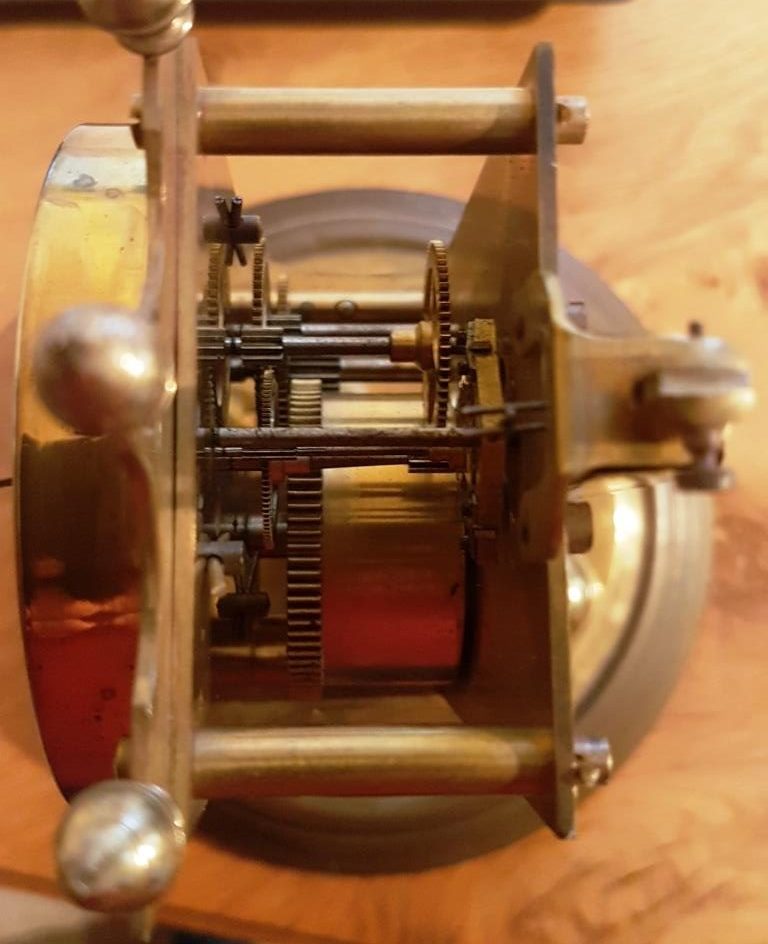
You may recognise them. They are pretty much out of fashion at the moment. Indeed, even when they first appeared they were pretty much out of fashion too. It was only when an American importer came up with a brilliant marketing idea that everything changed.
Yes – for modern day tastes there is something a bit garish about 400-day clocks. Faux marble pillars, glass domes, sometimes over-elaborate and rather twee decoration on the enamelled chapter rings. But there is also something mesmerising about that rotating pendulum with its slow lazy insistent motion. And fashions change. What goes around comes around. Don’t write them off just yet.
Torsion
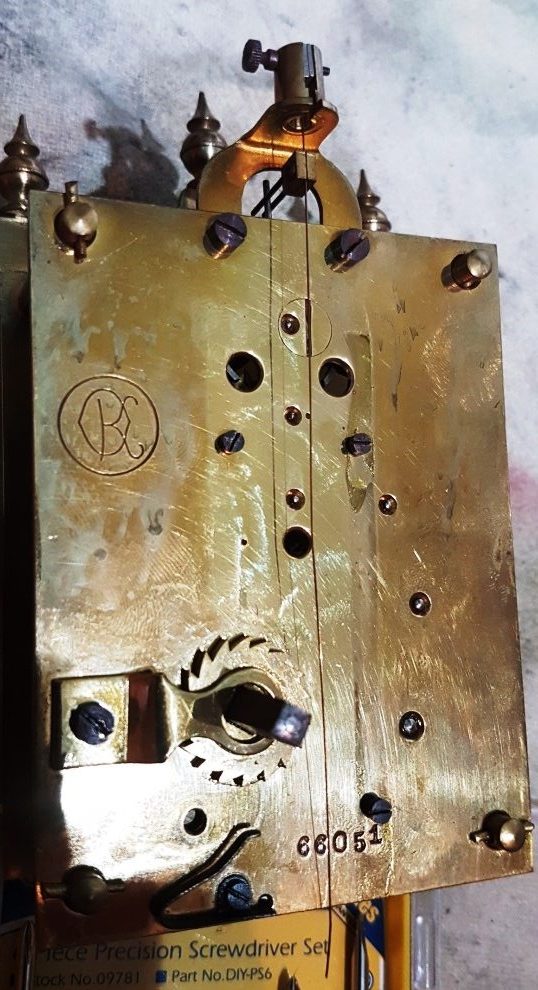
Almost inevitably on 400-day clocks that have been moved around the suspension wire will be bent or broken. With care they are easy to replace.
For the technically minded, I can explain that the 400-day clock features a torsion spring. What makes it exceptional is its rotating rather than swinging pendulum and the fact that it can run for 400 days on a single winding.
In Germany the 400-day clock is credited to Anton Harder of Ransen. But as ever with history, the truth is shrouded in conflicting stories. One says he was a simple farmer who got the idea as he watched a steam boiler hanging from a chain.
Another claims he was a nobleman who watched a chandelier rotating after the lamplighter had twisted it round to reach the last candle and then released it. He spotted that although the rotation reduced, the time between rotations remained constant even as the energy dissipated.
Extravagant claims
The story remains confusing. There is no German patent held by Harder, as far as we know. But on December 12th 1882, he covered himself in the US with patent No269052. He started manufacturing at his Jahresuhrenfabrik (Year Clock Factory). In 1882 he delivered his first clocks into the US. Originally The New Haven Clock Company was his sole US agent.
Despite some extravagant claims, the clocks didn’t perform well.
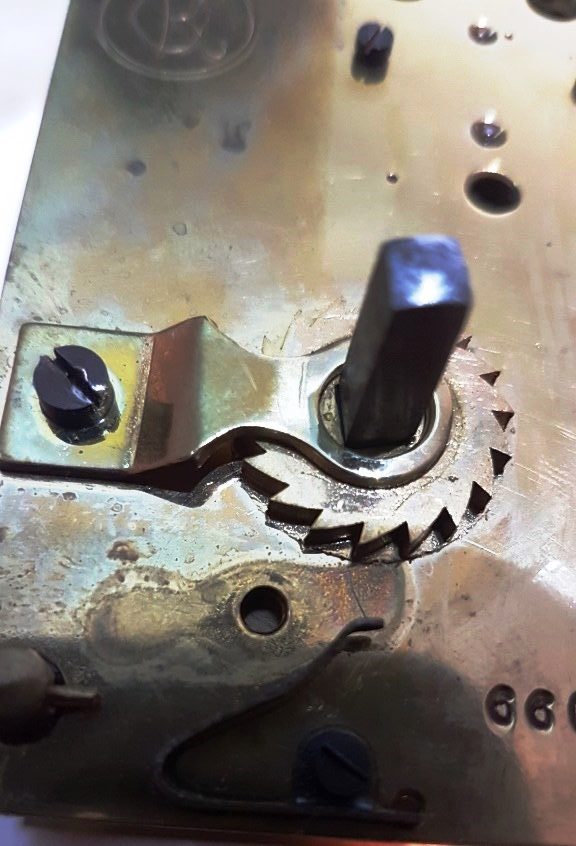
In 1884 he sold his patent to an FAL de Gruyter of Amsterdam who became the sole US agent and distributor of the clocks made at the German factory. Maybe they still weren’t selling well. Perhaps he just forgot. But in 1887 deGruyter failed to pay the patent renewal fee and the patent was cancelled.
Marketing genius
By far the most successful importer to the US was the Ohio based Bowler & Burdick and it was their stroke of marketing genius that gave the clock its lasting appeal. In a lightbulb moment they dreamed up and copyrighted a trade mark for their imported clock. Just one word changed its fortunes.
Anniversary
A clock that needs winding only once a year? Brilliant. Call it an anniversary clock and it becomes the perfect gift or memento for any occasion that can be marked annually – wind it annually on birthdays, wedding anniversaries, christenings and the rest. The idea caught on and they sold in their tens of thousands.
Admittedly, during the two world wars sales virtually stopped – German goods were not in high demand in the US and, besides, German factories had been converted to support the war effort. But the anniversary clock had another heyday in the early 1950s, tapping into a time of post-war prosperity and sentimentality.
Price isn’t everything
Riding the 1950s wave, one New York and Philadelphia department store made a single order for 75,000 clocks, confident that if the price was cheap enough they would sell.
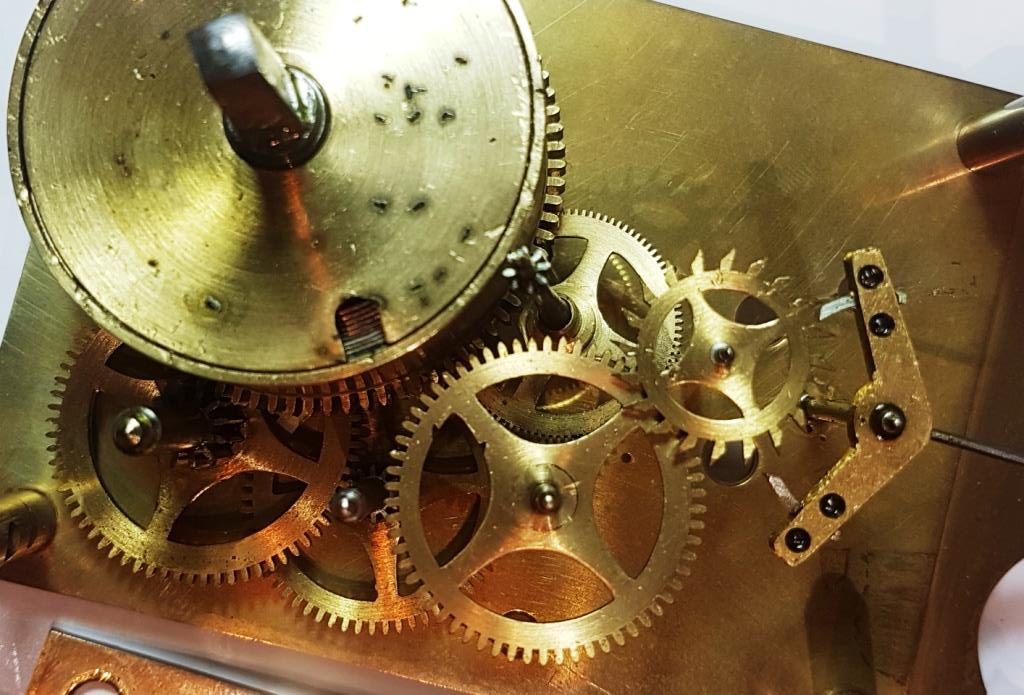
There’s another marketing lesson here. Price isn’t everything in the fickle world of sentimentality. Sadly, the cheapness of the clock detracted from its appeal and ruined the market for others. The store closed, the manufacturer filed for bankruptcy and the popularity of the anniversary clock went into steep decline.
For the swinging sixties and beyond, the old romance of the anniversary clock had largely lost its appeal. By the mid-1980s there were only three manufacturers of key-wind anniversary clocks.
But these days there are still lots of them around – hardly surprising since an estimated 15 million were manufactured during the 20th century.
Nostalgia – year after year
They frequently turn up in auction rooms across the UK in various states of neglect and disrepair. You can almost guarantee that the suspension spring – individual to each maker and model – will be broken and need replacing. The gilded metal base will be worn and tarnished.
But properly serviced and carefully restored, they carry a nostalgic appeal, year after year. I didn’t used to like them, but having worked on them, I do now.
The clock in the pictures
It is a German movement, by a maker called Kieninger and Obergfell. The brand name, Kundo, comprises the K of Kieninger und the O of Obergfell. It was made between 1920 and 1945 – the style of numbering on the dial would suggest perhaps the late 1920s or 1930s. Kundo did not put serial numbers on their clocks after WW2 so that fixes the latest date it could have been made. The glass dome is made of a single piece and is intact.
There are all sorts of forums to help you identify the maker, age and even value of your anniversary clock. If you want to start a dialogue with the dedicated aficionados, look here.
Interesting history. I have 5, all in working order but none are running at the moment. Not one cost me over $20. I have good luck repairing them yet others curse them. They are also the poorest timekeepers of all the clocks I own.
Hi Ron, and thanks for reading and commenting. I hear so many conflicting views about these and, as you’ll know from the blogpost, I have been in both the ‘love ’em’ and ‘loathe them’ camps. But armed with the trusty Horolovar 400 Day Clock Repair Guide (tenth edition from 1991!) I now really enjoy working on them. As for reliability, it took literally a month of regular fine adjustment to get it keeping perfect time, but I understand it is now doing just that. I didn’t change the mainspring, so it remains to be seen if it runs for a full 400 days.
Be interested in your view too on Atmos clocks. Again, they seem to be ‘love ’em’ or ‘loathe them’ material. Thoughts?
Keep you own fantastic blog going – always an really good read.